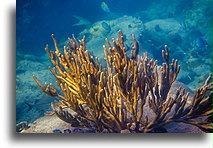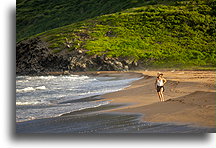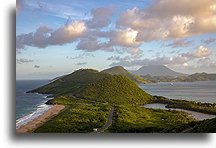
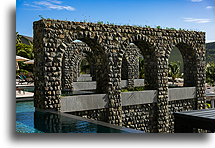
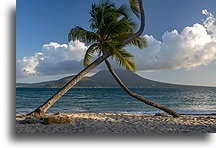
The first settlements on Saint Kitts date back to 2900 BC. The origin of the first natives is not entirely certain. They came from Central or South America. At the time of first contact with Europeans - after Columbus' second voyage in 1493 - the island was inhabited by Caribs. Their diet was mainly based on fish. Therefore, they settled along the rivers near the coast, where fish and other seafood were abundant. They cultivated cassava, corn and potatoes. By 1640, the indigenous population had been exterminated. They died out from new diseases or were murdered in the massacre of 1626. Caribs who escaped alive and were not enslaved on Saint Kitts and Nevis were relocated to Dominica.
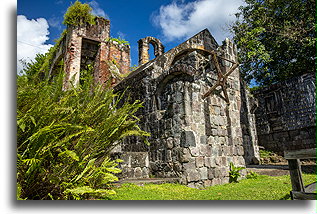
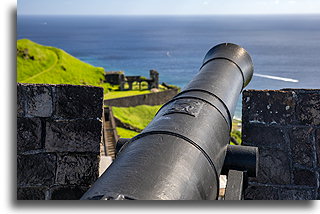
Sugar production had a huge impact on the island's culture. The first European landowners started small with tobacco and cotton production on Saint Kitts. In the 1640's, sugar cane cultivation was introduced and its impact was revolutionary. Sugar generated huge profits based on slave labor of people from Africa. A local census of the English Saint Kitts in 1665 showed that there were 7,000 whites and 3,000 blacks. A hundred years later, there were 1,900 whites and 23,000 blacks.
